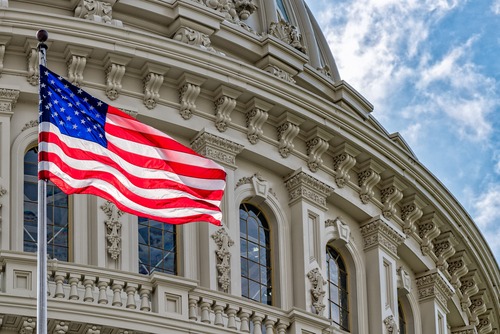
After a final vote last week, the House’s $850 billion version of the National Defense Authorization Act (NDAA) for Fiscal Year 2023 advanced toward reconciliation with its Senate counterpart.
Notably, the NDAA as written surpassed President Joe Biden’s own proposal for $813 billion and ballooned past last year’s version by more than $80 billion. However, after a Conference Committee oversees the reconciliation process, the final version still needs to be voted on by both House and Senate before heading to the president.
Among those with cause to celebrate the increased size of the bill was U.S. Rep. Elise Stefanik (R-NY), a member of the House Armed Services Committee. Stefanik, one of the top House Republicans, helped secure provisions in the NDAA for Fort Drum and the 10th Mountain Division. Already, the bill supported major new investments into technology, defense, and deterrence measures.
“Our country must never fall behind in providing for a strong national defense,” Stefanik said. “The provisions in this NDAA invest in emerging technologies, secure supply chains of critical components for our military platforms, and ensure our military readiness to meet the United States’ national security needs. This is critical to promoting peace through strength in the face of the rapidly evolving military threats posed by China, Russia, Iran, and North Korea. For these reasons, I am proud to have advanced a defense bill that puts taxpayer dollars to good use by strengthening our military and providing a well-deserved pay raise to our brave men and women in uniform as they work to keep us safe.”
The bill notably authorized a 4.6 percent pay raise for military service members, as well as a 2.4 percent ($800 million) inflationary pay bonus for junior and enlisted personnel. For their families, it also mandates the Department of Defense (DoD) to create a credit program for child care providers while expanding an in-home child care fee assistance pilot program. It allots tens of millions of dollars for emerging technology programs and adds new requirements such as a technical fielding plan for extending Shared Early Warning information on missile threats to allies and extends U.S.-Israeli cooperation on countering unmanned aerial systems until 2026.
If passed, the NDAA would also prohibit DoD research, development, testing, and evaluation funding for those with agreements affiliated with Chinese or Russian military and intelligence services. Speaking of Russia and China, it would also permanently authorize Special Operations Command’s Irregular Warfare authorities to help partners and allies resist aggression by those deemed to be adversaries.
In Stefanik’s case, she also won provisions authorizing millions for arctic gear for the 10th Mountain Division, along with drones, helicopters, and assessments. For Upstate New York more generally, she also secured $25 million for military munitions cleanup at formerly used defense sites, reports on potential new facilities, and funds to procure advanced bomb suits made in the region.




